Monte Stello in Corsica
Monte Stello (1307 m) above Erbalunga is a popular summit in Cap Corse. The ascent is not technically
demanding, but it is very long. The total ascent from the hamlet of Pozzo (277 m) is not negligible at just over 1000 m.
The trail is well marked with orange and also red signs after the Bocca di Santa Maria pass (1097 m). Even on good paths in Corsica it is advisable to wear long trousers because you are in the maquis.
After passing the last houses of Pozzo, follow a small unpaved road for a few hundred meters. The signpost shows the start of the trail that ascends first steeply sometimes in dense vegetation. You eventually reach the Bocca di Santa Maria pass from where you already have a superb view to the Bay of St Florent in the west, and a small village of Olmeto. From the pass the trail initially descends a little
before turning north ascending towards Monte Stello. The summit offers a great panorama over Northern Corsica and even the Island of Elba was visible above the haze.
We descended along the same trail. There is an alternative slightly longer descent via the village of Silgaggia. In that case you have to walk along the road the last 2.4 km to your starting point in Pozzo. This optional route in particular is recommended only in good visibility.
Total hiking time 6.5 h
Total ascent: 1040 m
Map: IGN Cap Corse 4347 OT





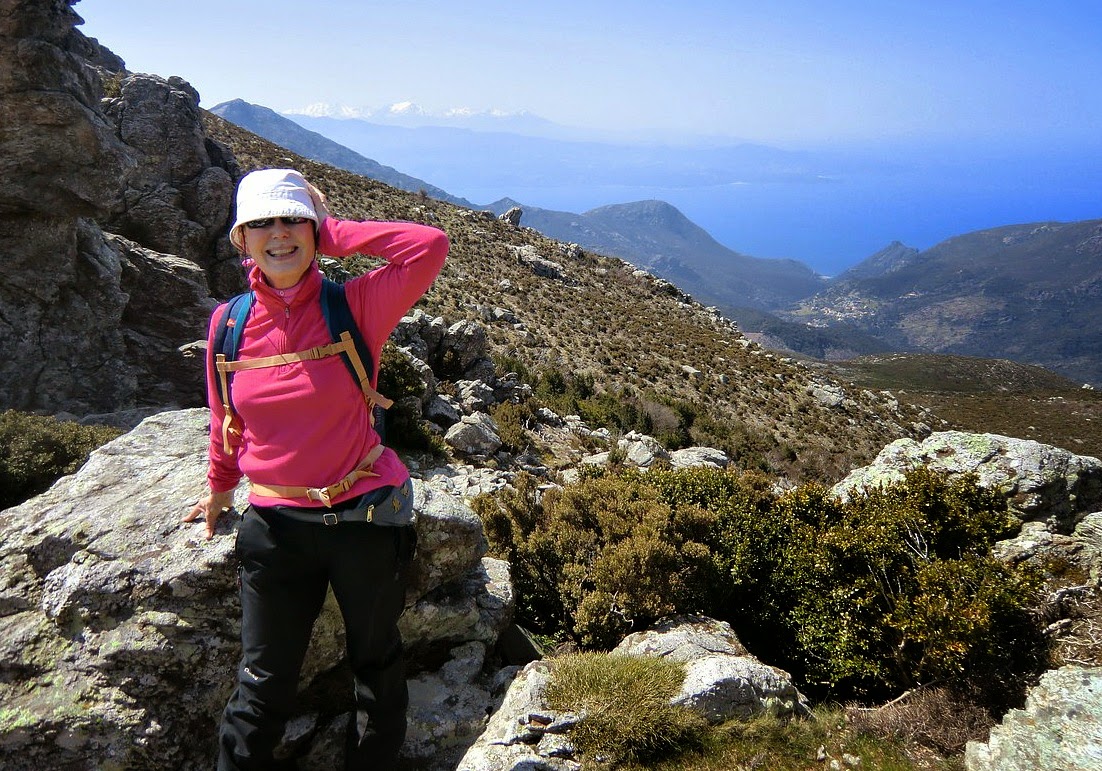
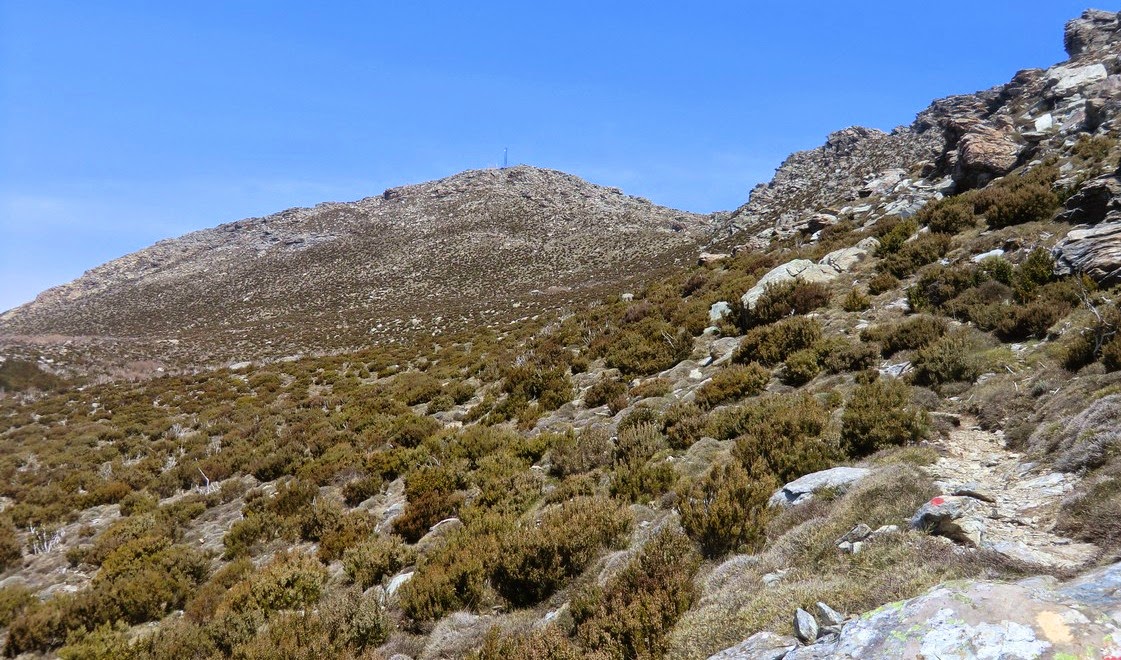
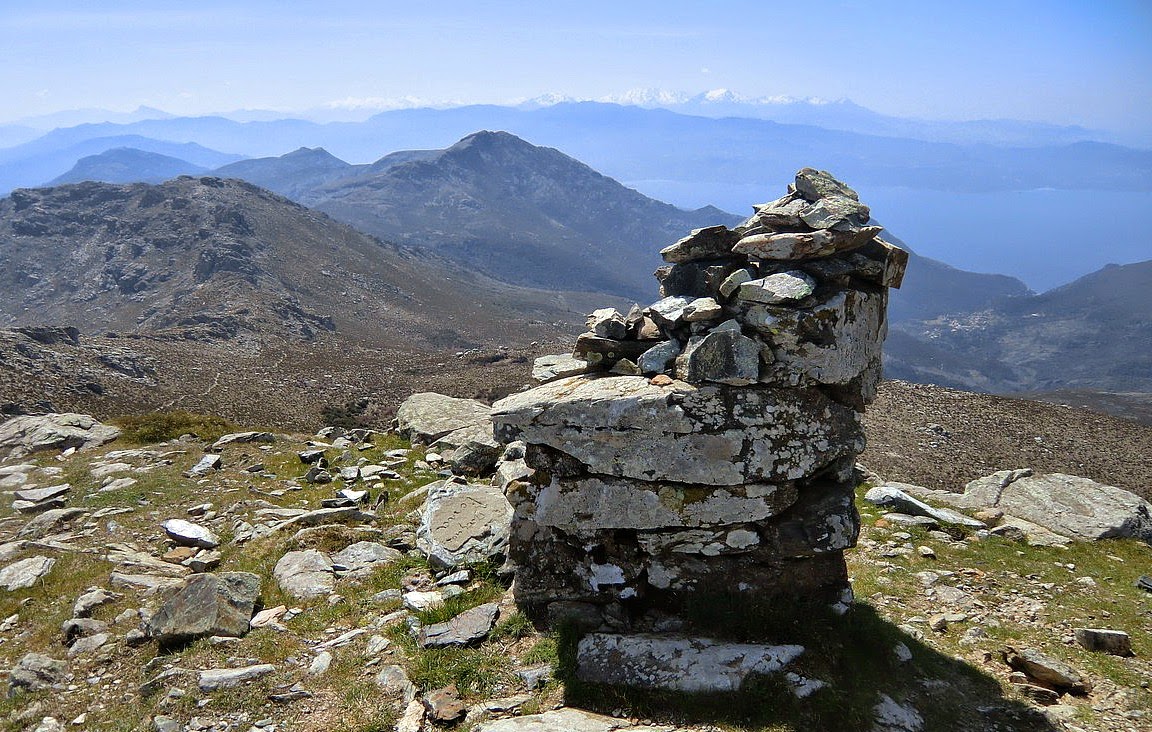








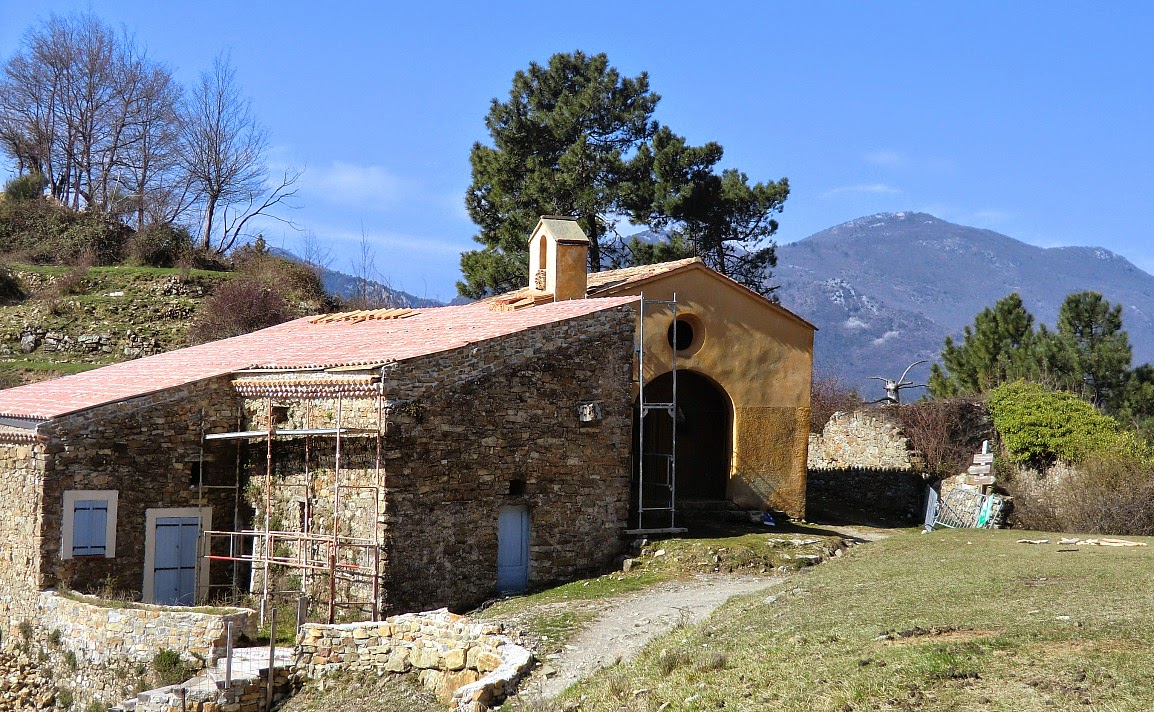

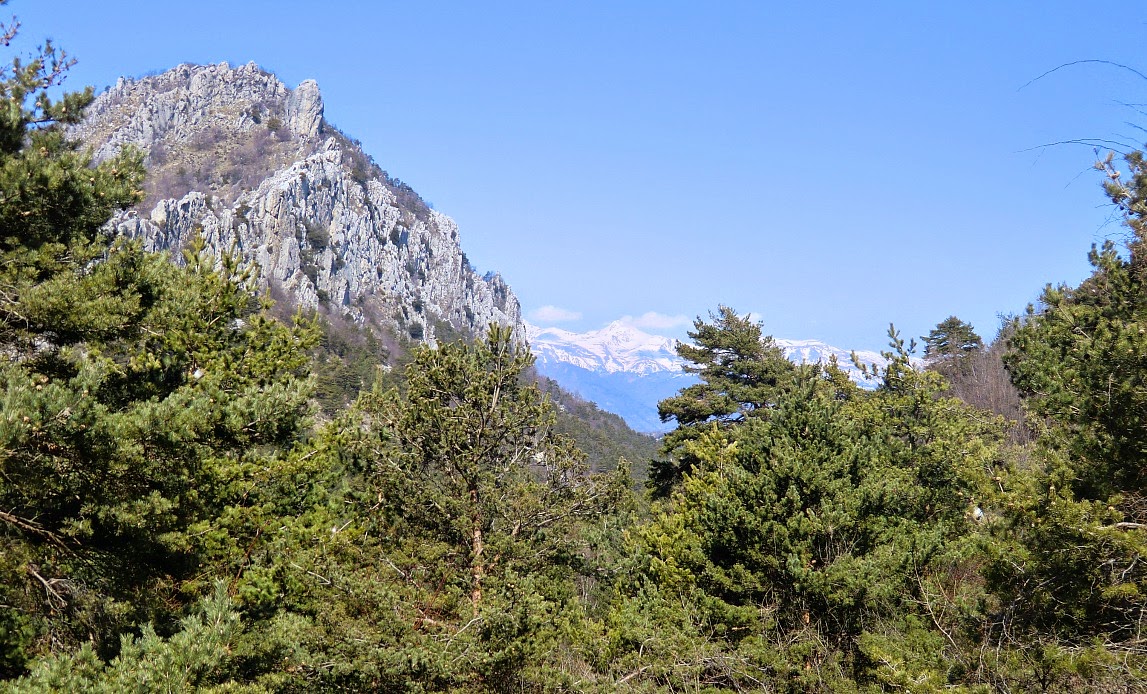




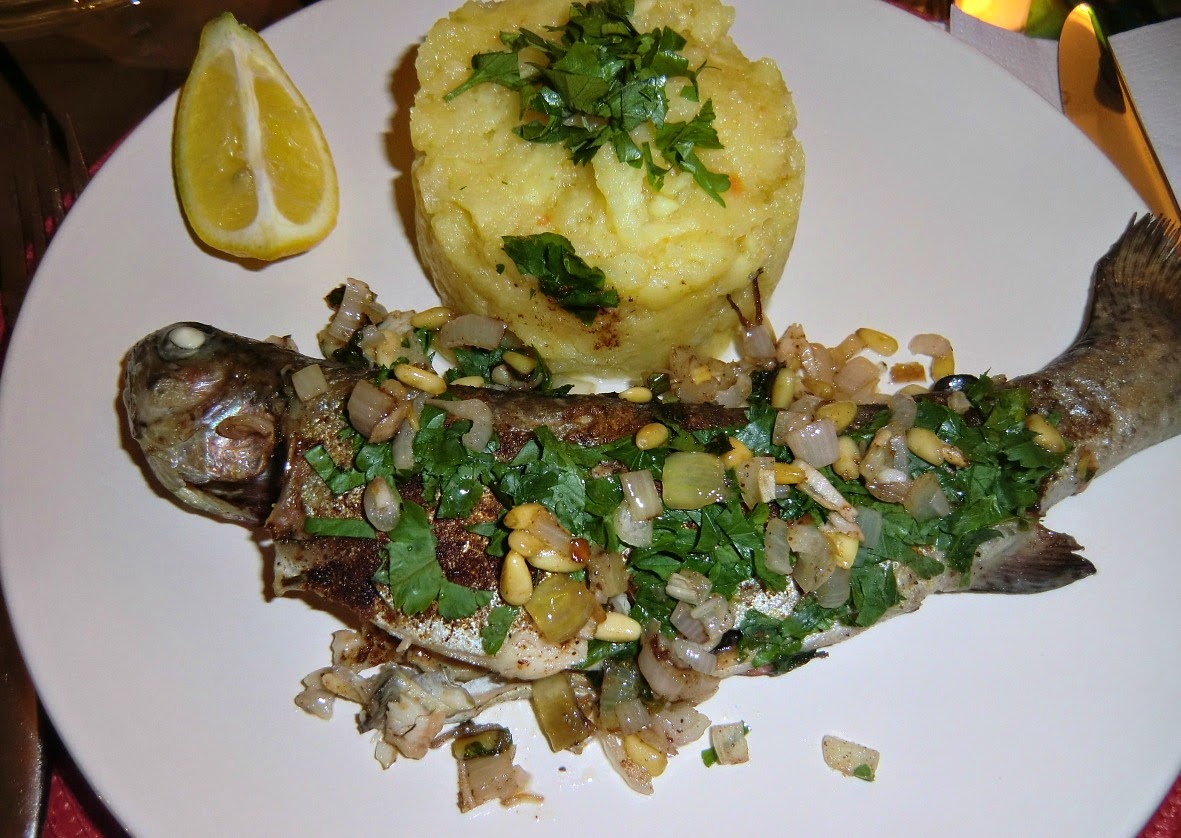

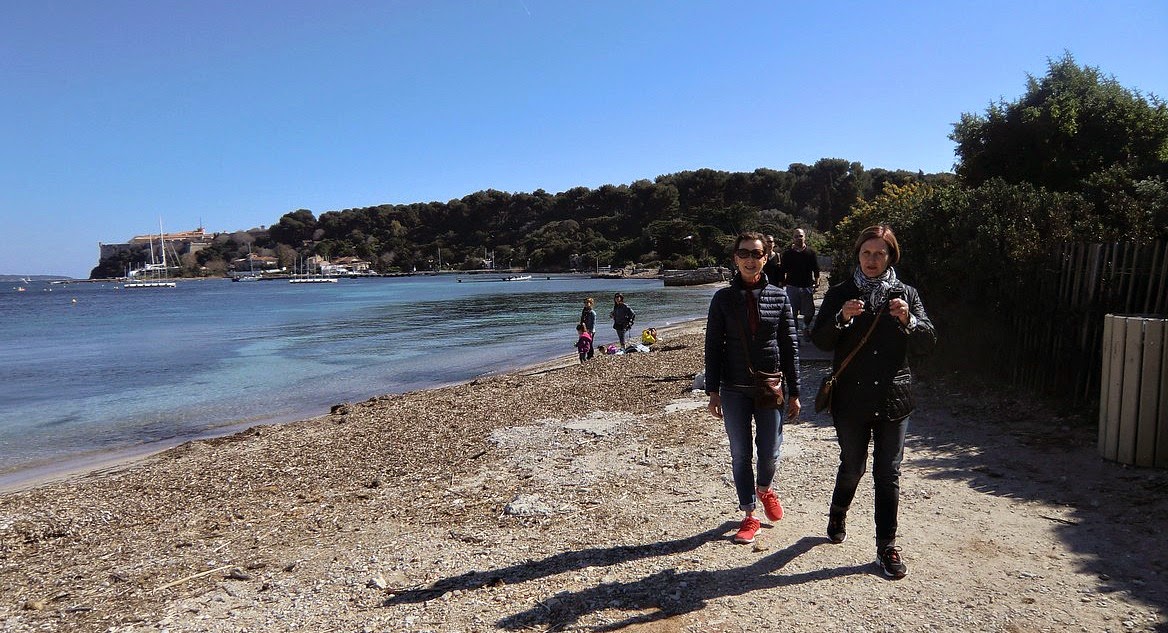

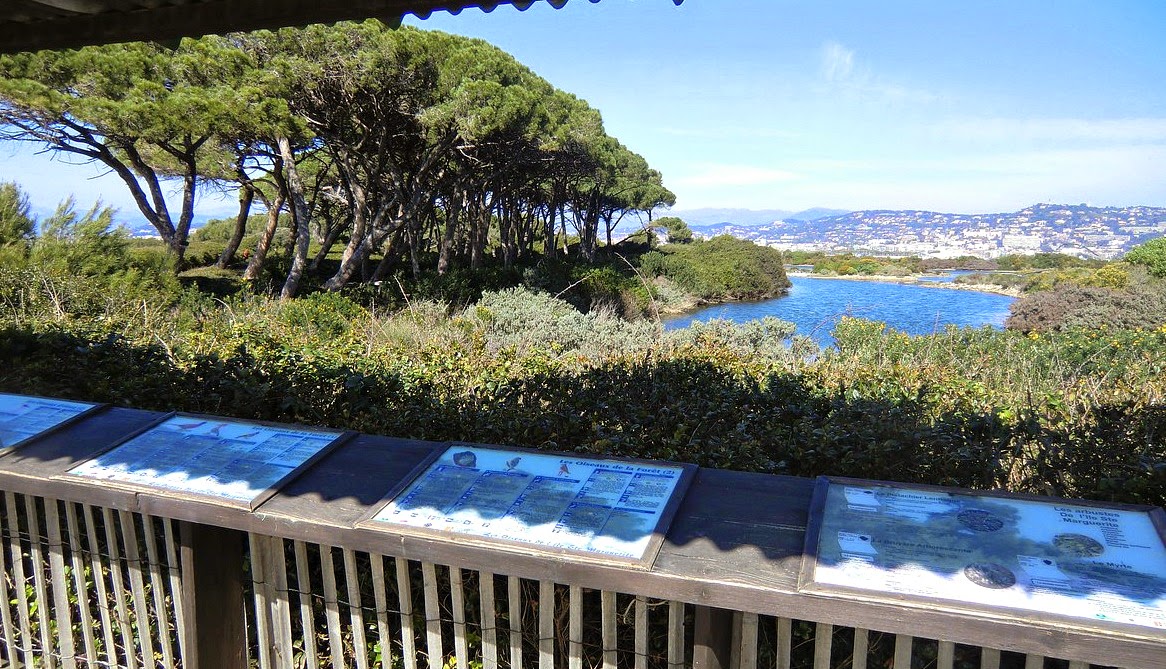
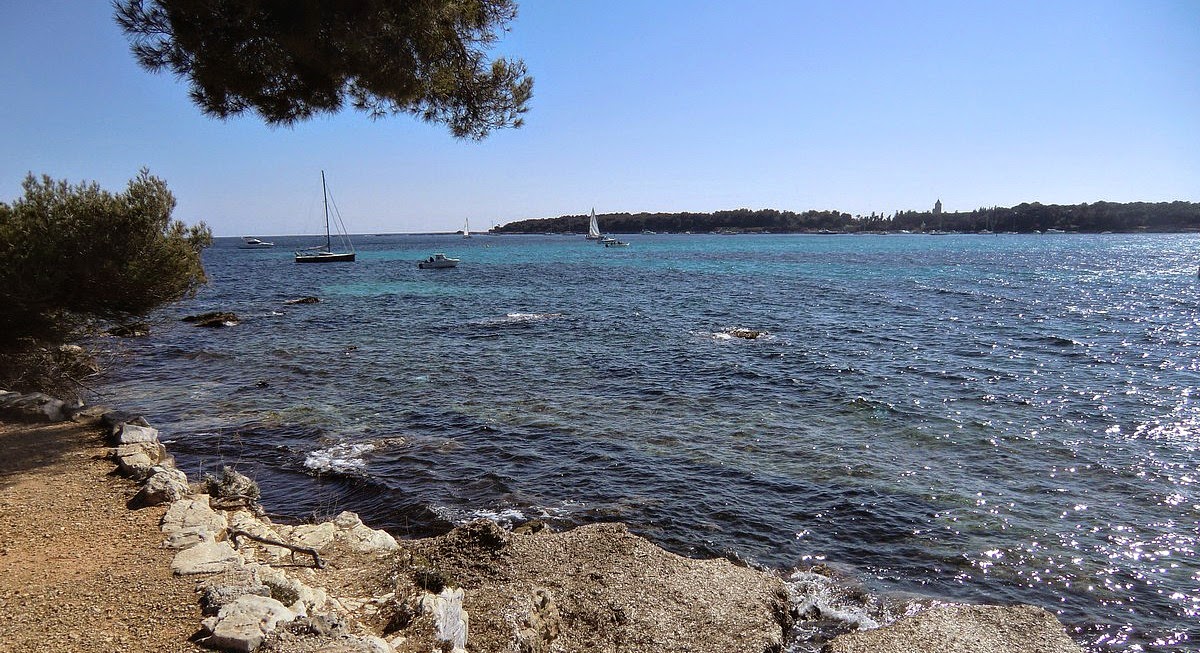






0 comments:
Note: only a member of this blog may post a comment.